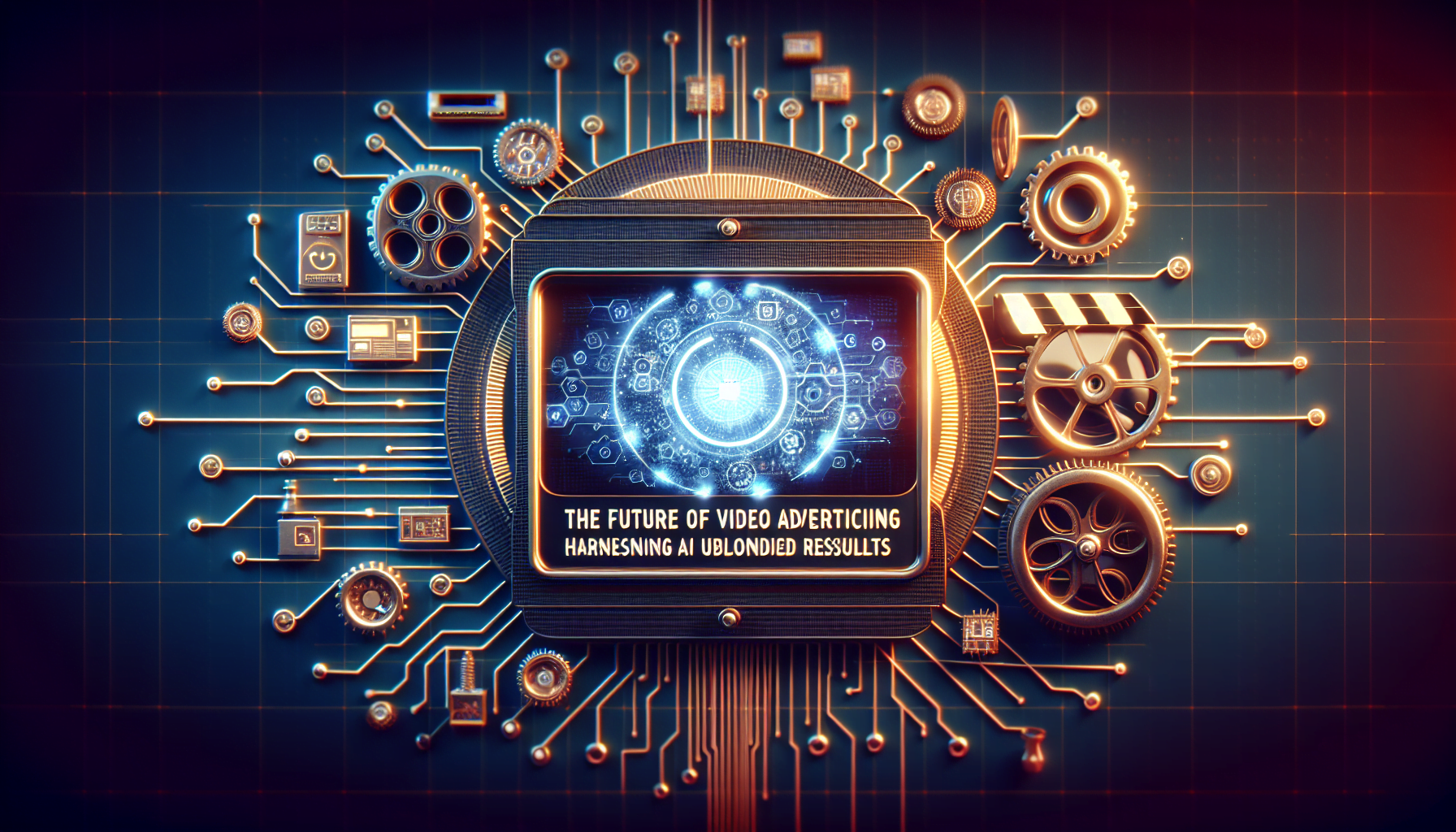Integrating Generative AI: Strategies for Success In today’s technologically-driven world, the integration of generative artificial intelligence (AI) has become a crucial strategy for businesses seeking success and sustained growth.
Understanding the basics of generative AI and its role in business operations is the first step in harnessing its potential. By effectively preparing for integration and choosing the right tools, companies can optimize the benefits of generative AI. Ultimately, implementing this technology and maximizing its impact are key to ensuring continuous improvement and innovation.
Understanding Generative AI
Generative AI, also known as generative adversarial networks (GANs), is a branch of artificial intelligence that focuses on creating new and original data, such as images, text, or music. Unlike traditional AI models that rely on pre-existing data, generative AI uses algorithms to generate new content that closely mimics the patterns and styles of the original data. Generative AI has gained significant attention in recent years due to its ability to produce realistic and high-quality content. This technology has vast potential across various industries, including marketing, design, and gaming, where the ability to produce unique and personalized content is highly valued.
The Basics of Generative AI
Generative AI works by training two neural networks: a generator and a discriminator. The generator network learns to generate new data, while the discriminator network learns to distinguish between the generated data and the real data. Through an iterative process, these networks compete with each other, with the generator continuously improving its ability to produce realistic content, and the discriminator becoming more adept at identifying generated content. One of the key advantages of generative AI is its ability to generate content that goes beyond what already exists. This technology can create new and unique variations of data, allowing for the exploration of uncharted territories in design, art, and creativity.
The Role of Generative AI in Business
In the business world, generative AI has the power to revolutionize processes and drive innovation. By automating repetitive tasks and generating customized content, businesses can improve efficiency, enhance customer experiences, and gain a competitive advantage.
For example, in marketing, generative AI can be used to create personalized advertisements that resonate with individual customers. By analyzing customer data and preferences, the AI model can generate tailored content that is more likely to capture the attention and interest of potential customers.
In the field of design, generative AI can assist designers in creating unique and innovative designs. By leveraging the power of generative AI, designers can explore a wide range of possibilities and experiment with different styles and aesthetics.
Furthermore, generative AI can facilitate the discovery of new ideas and solutions. By generating a vast amount of data, the AI model can uncover patterns and insights that humans may have overlooked. This can enable organizations to find novel approaches to complex problems and drive innovation in various domains.
Overall, generative AI holds immense potential for businesses across industries. Its ability to generate new and original content, automate tasks, and drive innovation makes it a powerful tool for organizations looking to stay ahead in a rapidly evolving digital landscape.
Preparing for Generative AI Integration
Assessing Your Business Needs
Before embarking on the integration journey, it is crucial to assess your unique business needs and goals. Determine which areas of your operations can benefit most from generative AI technology. Whether it’s generating personalized marketing content, automating data analysis, or improving product development, understanding the specific use cases will guide your integration strategy. When assessing your business needs, it is important to consider the current challenges you face and how generative AI can help overcome them. For example, if you struggle with creating engaging and personalized marketing content, generative AI can assist in generating unique and tailored messages for your target audience. Additionally, if your organization deals with large amounts of data that require analysis, automating this process through generative AI can save time and improve accuracy.
Furthermore, it is beneficial to analyze industry trends and competitors to identify potential areas where generative AI can give you a competitive advantage. By staying ahead of the curve and leveraging the power of AI, you can position your business as an innovative leader in your field.
Building a Skilled Team
Integrating generative AI requires a team with the right skill set. Hiring or training employees who possess expertise in machine learning, data analysis, and programming is essential. Collaborating with data scientists and AI specialists will ensure that you have the knowledge and skills necessary to effectively implement and manage generative AI in your organization.
When building your team, it is important to consider the specific roles and responsibilities needed for successful integration. For example, a data scientist can help develop and train the generative AI models, while a programmer can handle the technical implementation and integration with existing systems. Additionally, having domain experts who understand your industry and business processes can provide valuable insights and ensure that the generative AI solution aligns with your specific requirements.
Furthermore, fostering a culture of continuous learning and innovation within your team is crucial. As generative AI technology evolves rapidly, it is important to stay updated with the latest advancements and best practices. Encouraging your team to attend conferences, participate in online courses, and engage in knowledge-sharing activities will help them stay at the forefront of generative AI integration.
Lastly, it is worth considering the option of partnering with external experts or consulting firms who specialize in generative AI. These professionals can provide additional expertise and support during the integration process, ensuring a smooth and successful implementation.
Choosing the Right Generative AI Tools
When it comes to selecting generative AI tools, there are several factors that need to be taken into consideration. Evaluating the various software options available in the market is crucial in order to make an informed decision.
One of the key factors to consider is the ease of use of the software. It is important to choose a tool that is user-friendly and intuitive, as this will ensure that your team can easily adapt to and utilize the generative AI capabilities. Additionally, compatibility with existing systems is another important aspect to consider. The chosen tool should seamlessly integrate with your organization’s current infrastructure, avoiding any potential disruptions or compatibility issues.
Customization is another factor that should not be overlooked. Different businesses have different needs and requirements when it comes to generative AI. Therefore, it is important to choose a tool that offers a high level of customization, allowing you to tailor the software to meet your specific needs.
Furthermore, it is essential to assess the software’s ability to integrate with different data sources. Generative AI relies heavily on data, so it is important to choose a tool that can easily connect and integrate with various data sources. This will ensure that the generative AI algorithms have access to a wide range of data, enabling them to generate more accurate and insightful results.
Scalability and flexibility are also crucial factors to consider when evaluating generative AI tools. As your organization grows and evolves, the amount of data that needs to be processed and analyzed will increase. Therefore, it is important to choose a tool that can handle increasing data volumes without compromising performance. Additionally, the chosen tool should be flexible enough to adapt to changing business needs and requirements, ensuring that your generative AI capabilities can continue to support your organization’s goals and objectives.
In conclusion, choosing the right generative AI tools requires careful evaluation of various software options. Factors such as ease of use, compatibility, customization, data integration, scalability, and flexibility should all be taken into consideration. By selecting the right tools, your organization can unlock the full potential of generative AI and drive innovation and growth.




